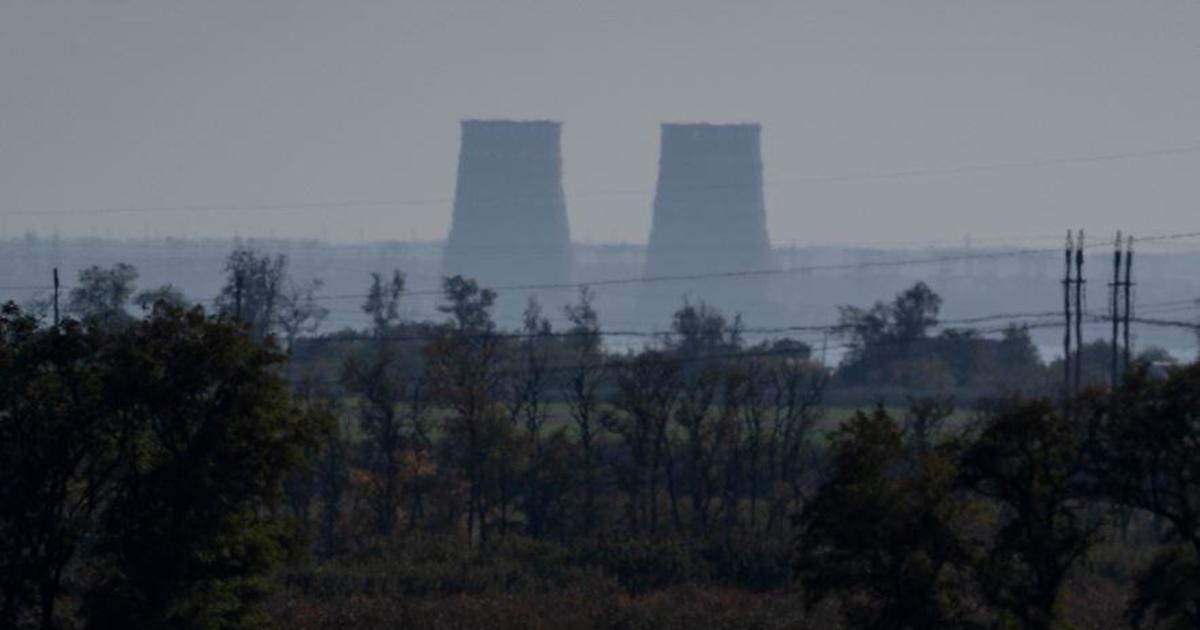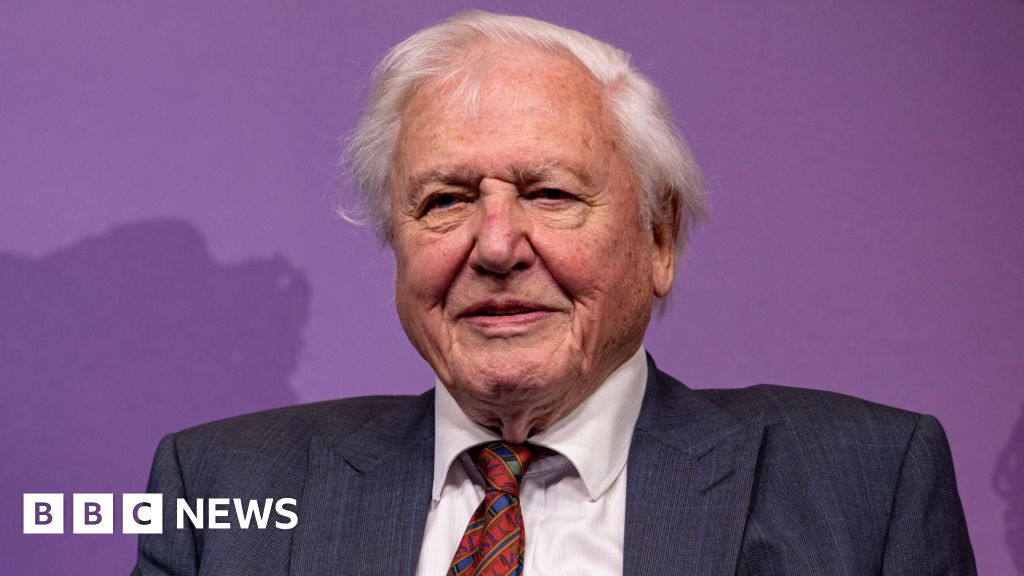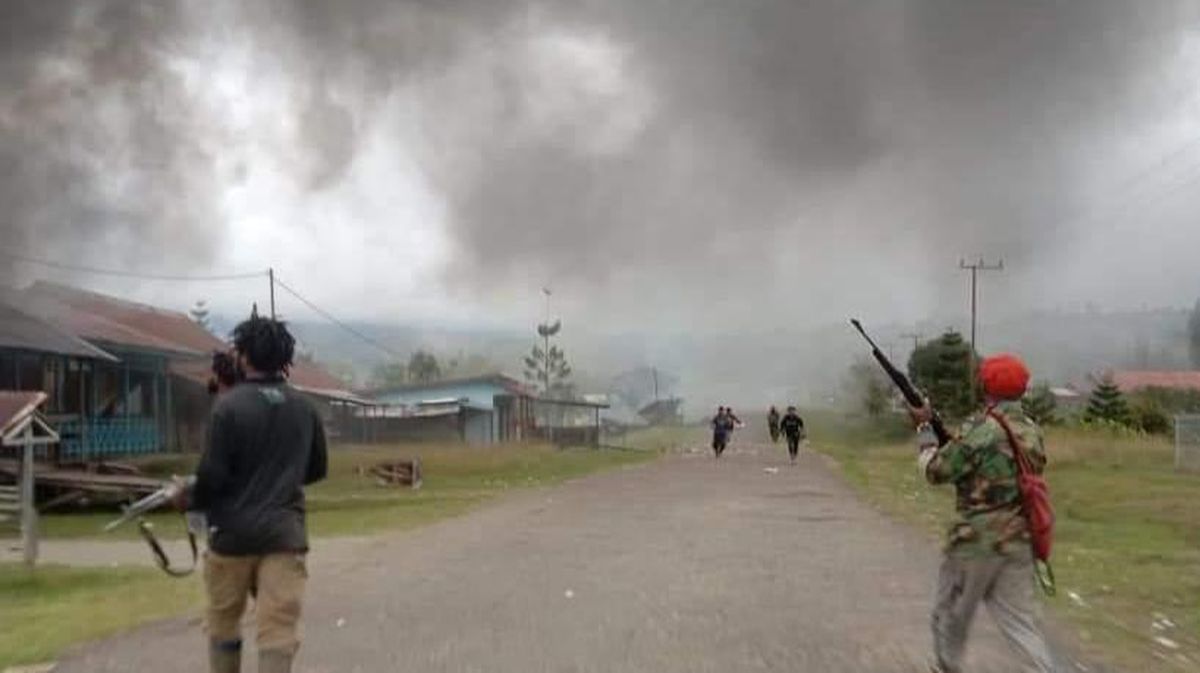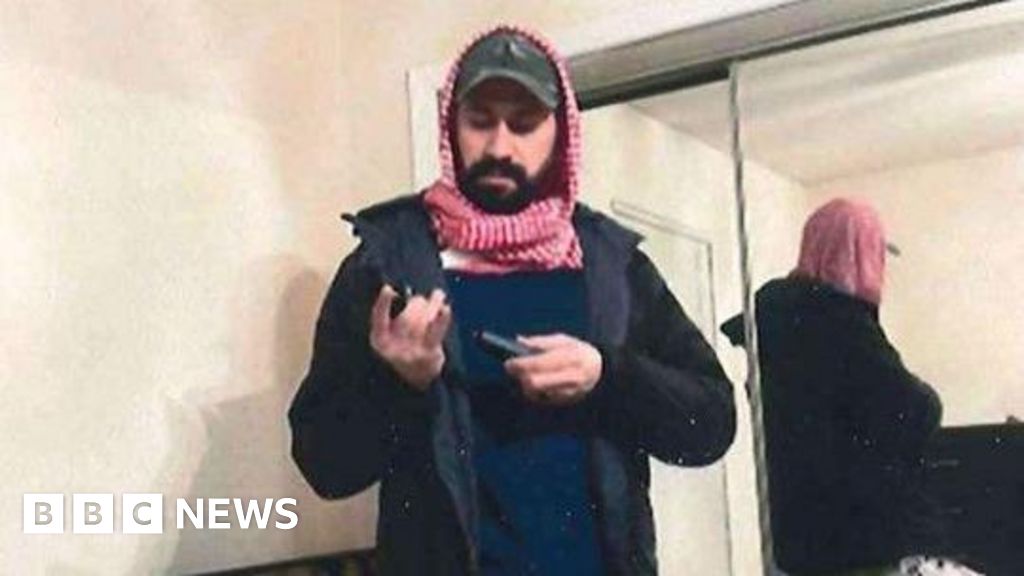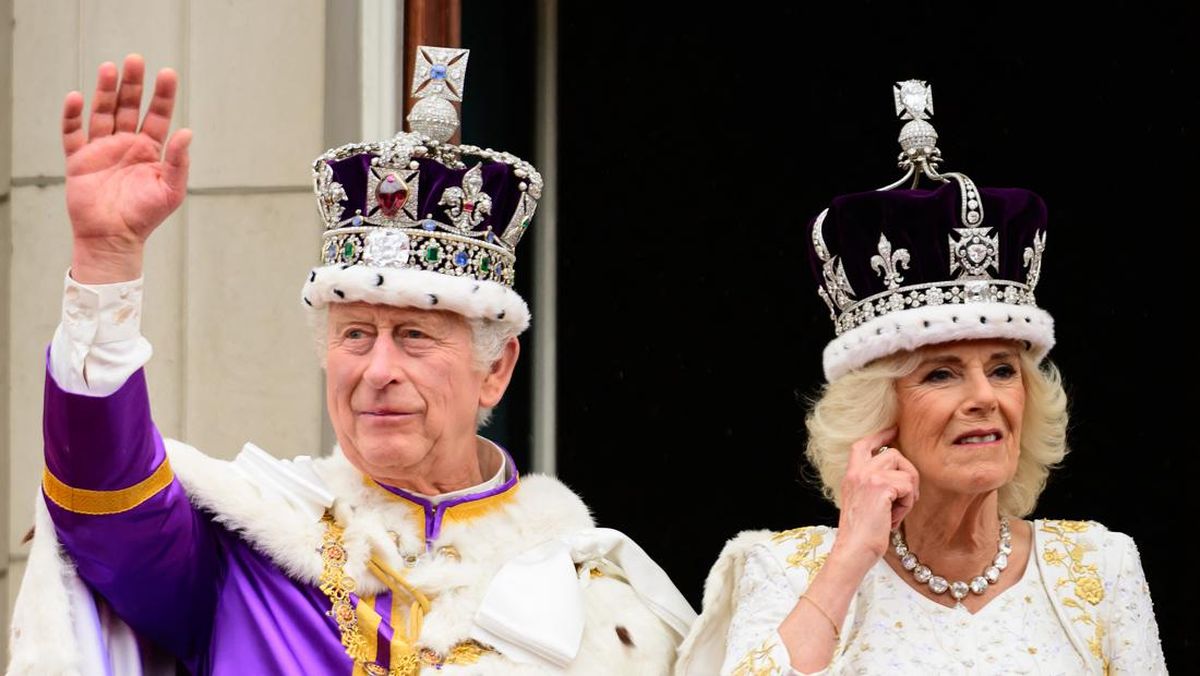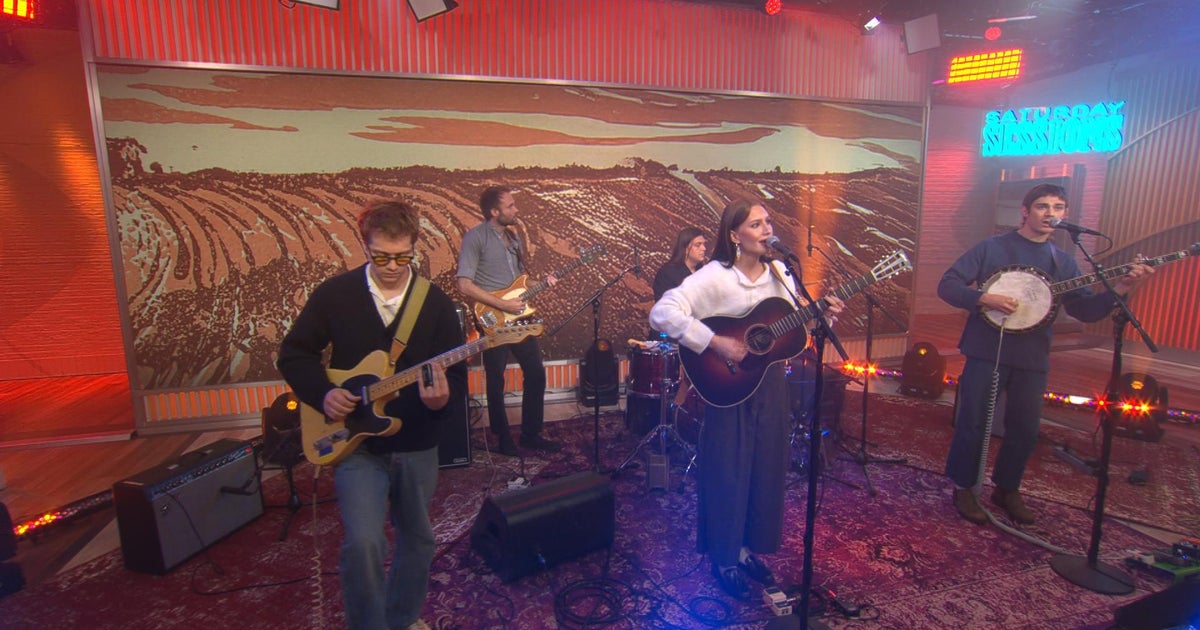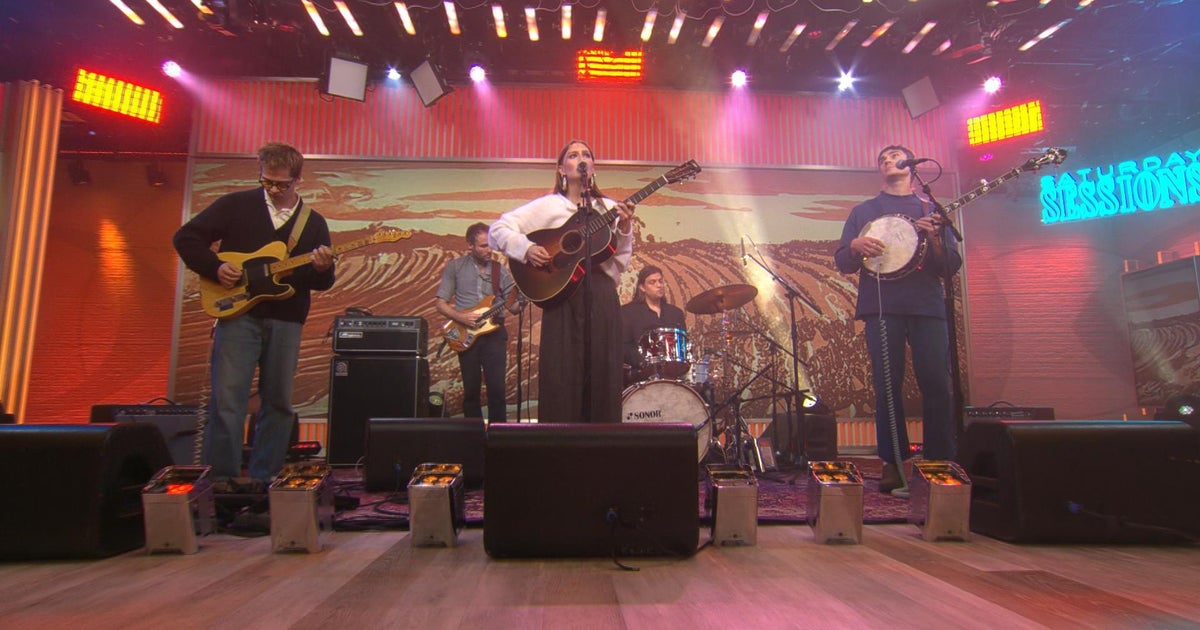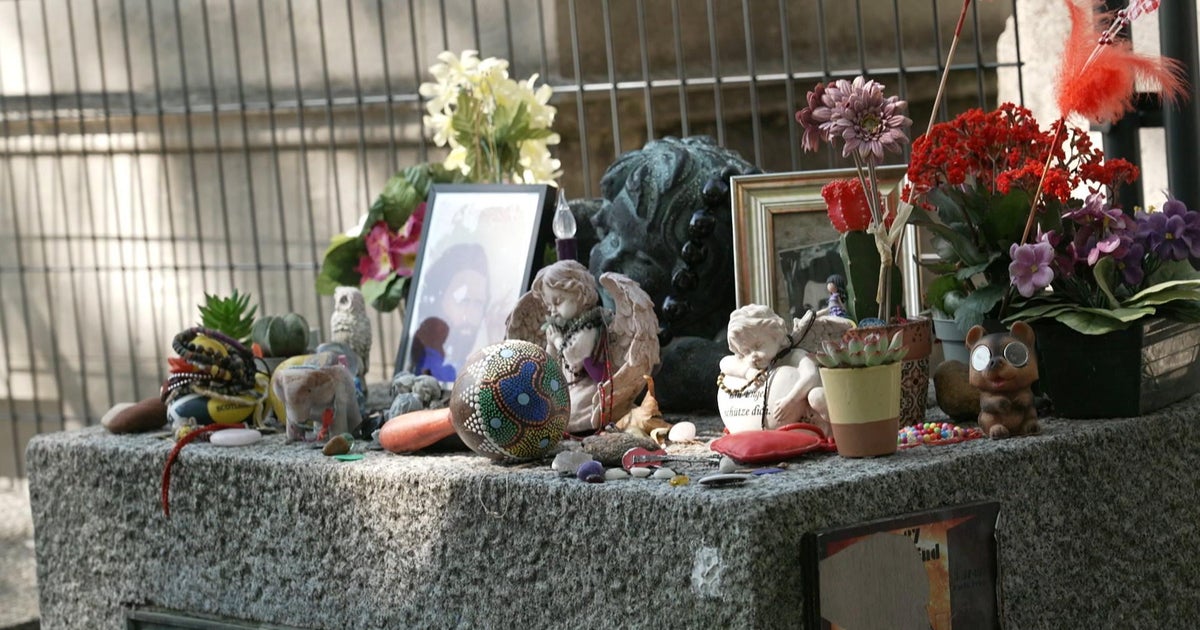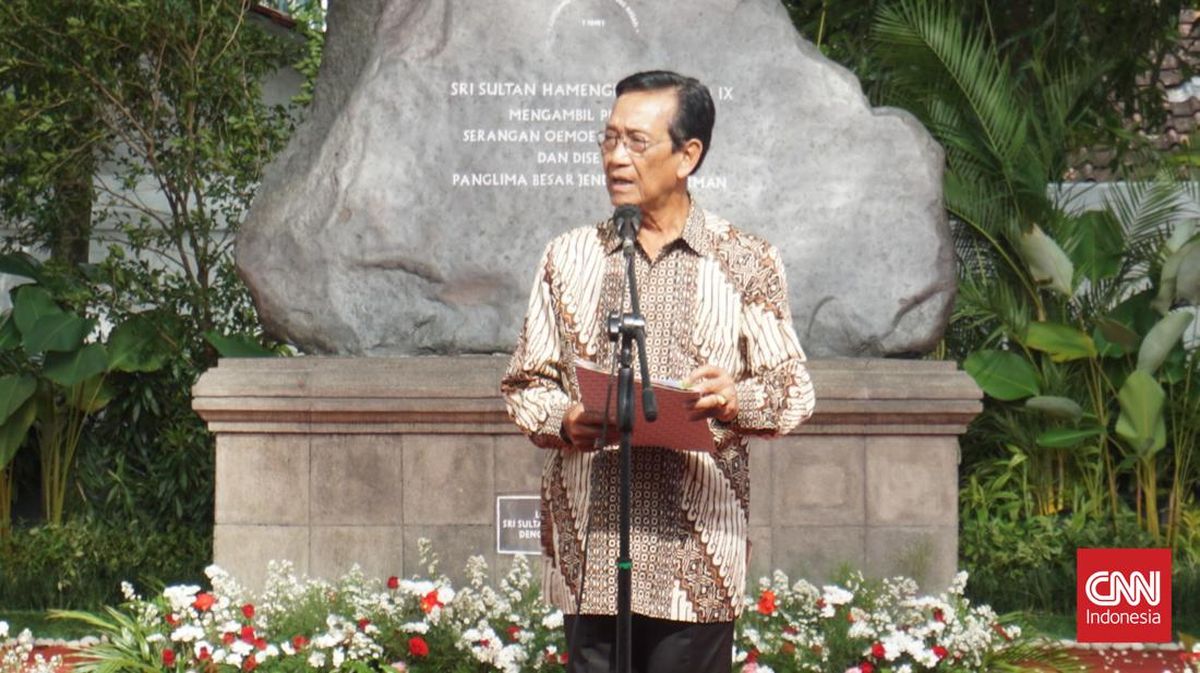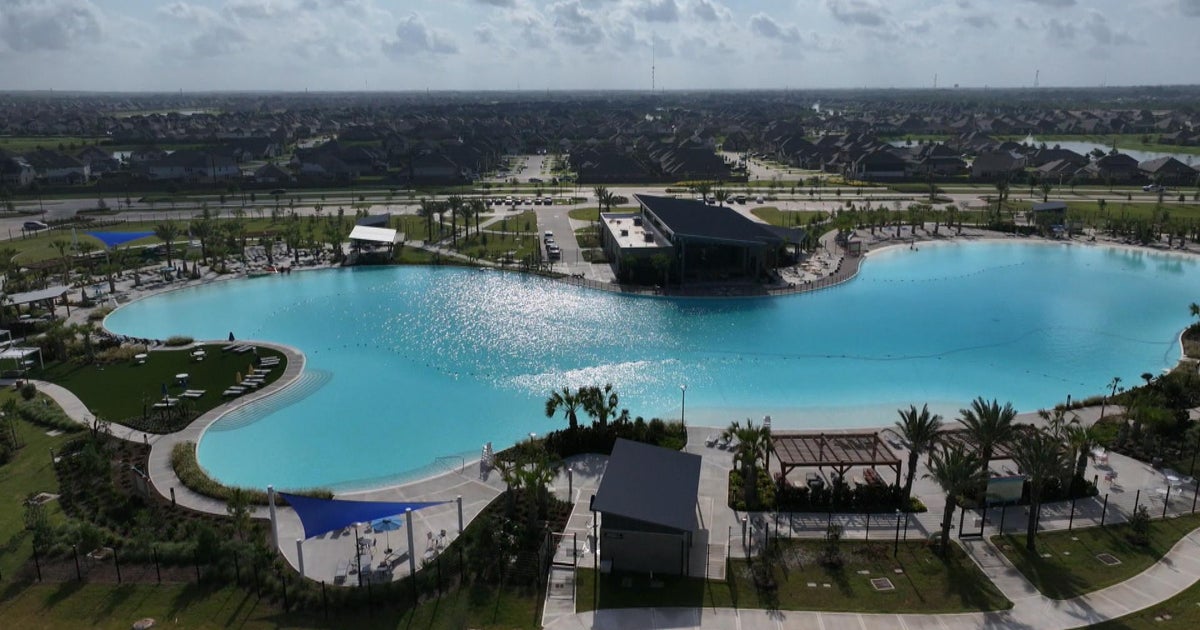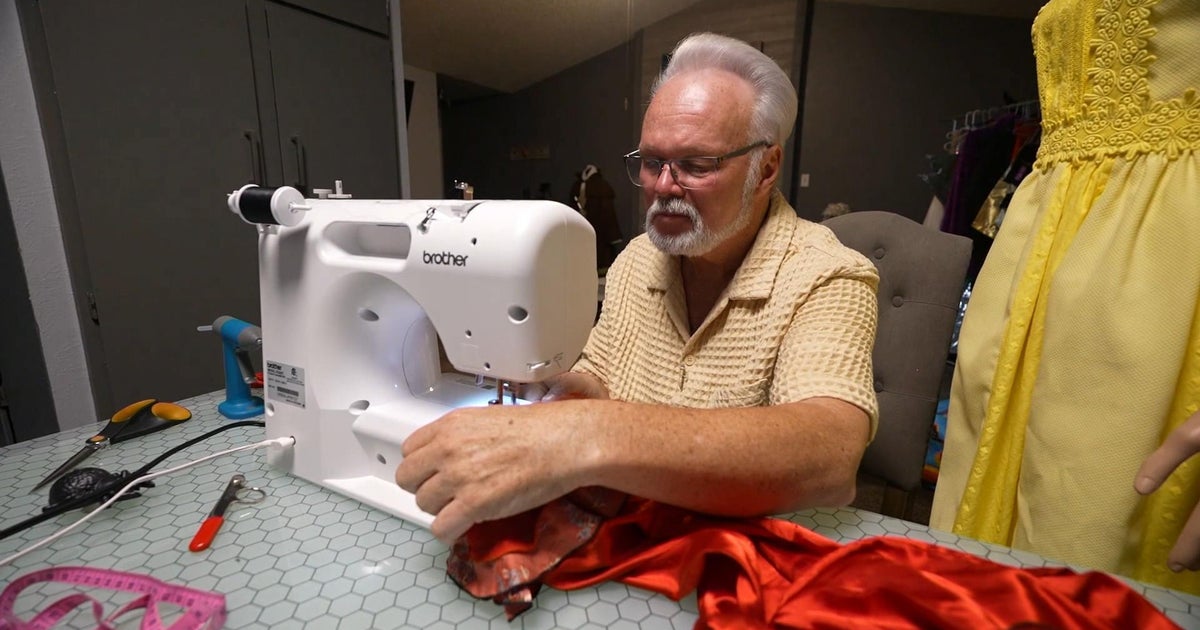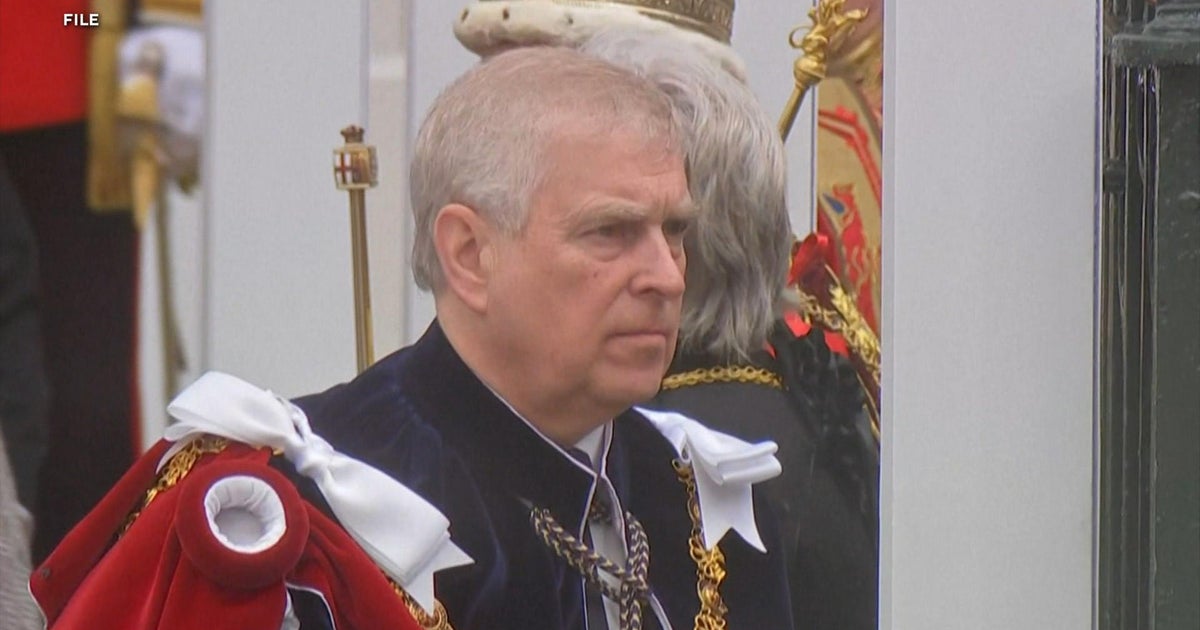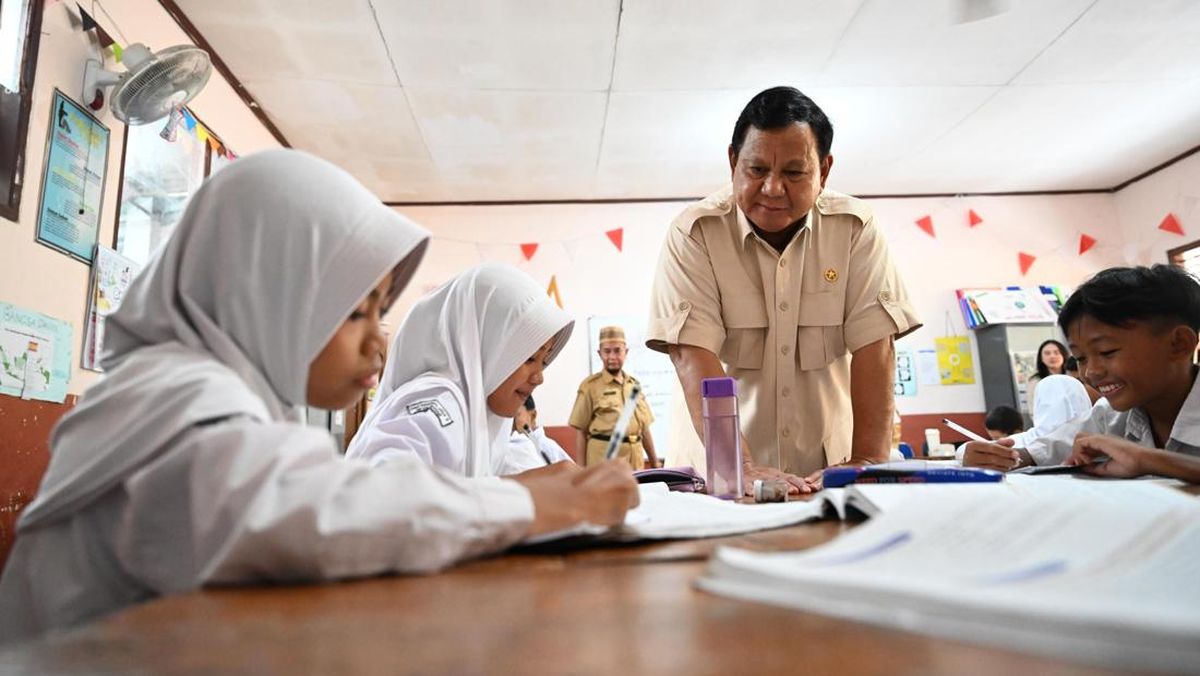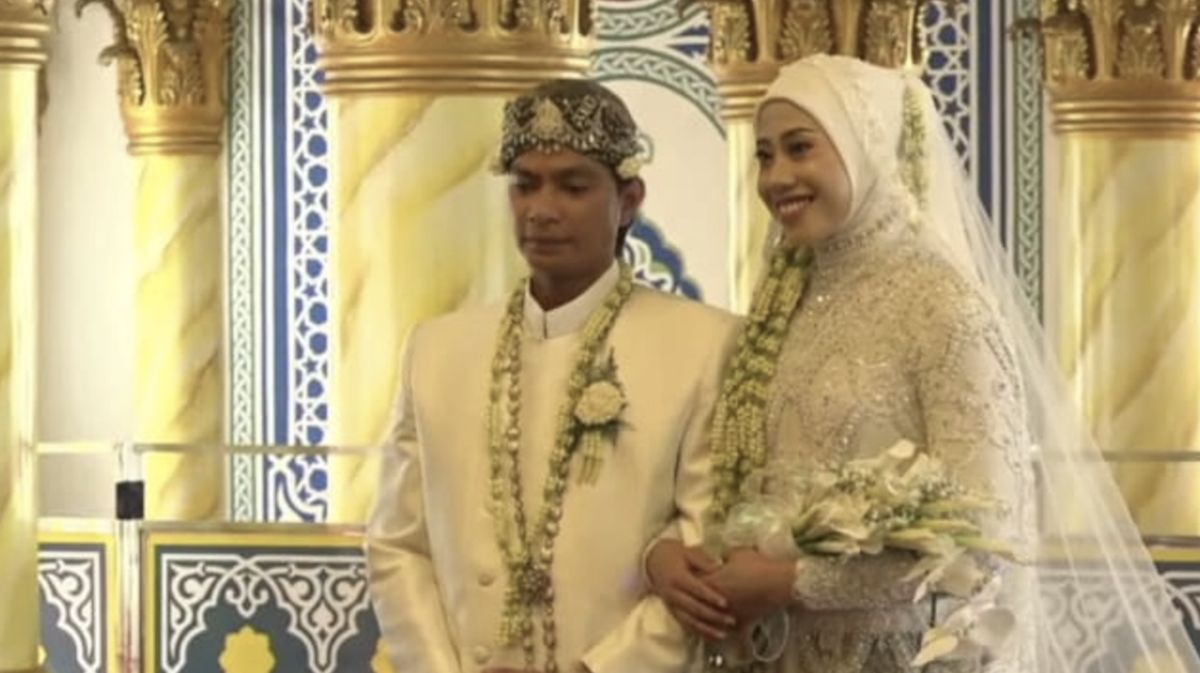The Singh Thattha method involves placing an elastic band over facial hair to create a flat surface. The band is tied on top of the wearer’s head and a mask is then worn over the band. This method, or others like it, are used at Victorian hospitals and interstate ambulance services.
The day after he sent his email, Gill received a short reply – seen by The Age – that said: “AV do not conduct mask fit testing using this method.”
The Mt Waverley resident was shocked. No advice on other workarounds. No suggestion on where to turn for an exemption.
“I was left dumbfounded,” Gill said. “The way they responded made it seem like they were hostile to me. That this was a closed door, this wasn’t an option. You don’t have a future here.”
Gill said his university had also contacted Ambulance Victoria in an attempt to find a workaround, but he hadn’t yet received an answer. This is despite the ambulance service telling the ABC 15 months ago that it would consider the results of a Singh Thattha trial at The Royal Melbourne Hospital. A Monash University spokesperson declined to comment.
The Royal Melbourne announced in October last year that the mask technique had been given the green light across Victoria. Because of this, Gill assumed his religious facial hair would not be a roadblock at Ambulance Victoria.
Loading
“If somebody’s decided to wear a hijab on placement, no one’s telling them you’ve got to take it off. Why is it that certain people are being singled out?”
For Gill, the stakes are high. He has taken on student debt and is worried his university might have to look at interstate work experience.
“It makes me quite upset. I’ve grown up in Melbourne. I want to stay here – I’ve got family here. All the [other] health services are very receptive to offering solutions.”
An Ambulance Victoria spokesperson, responding to a series of questions from The Age, said the service recognised and respected the cultural and religious significance of facial hair for staff and students.
“We … continue to explore options that may allow for appropriate protection without compromising safety,” the spokesperson said.
“Ambulance Victoria provides individual assessments for staff who can’t be clean-shaven, supported by medical or cultural documentation, to ensure everyone is included in respiratory protection planning and receives tailored advice to minimise exposure risk.”
Gill said this sounded like a positive step, but was disappointed he had to go to the media to elicit this kind of response. He is prepared to take Ambulance Victoria to the Australian Human Rights Commission should it not provide a workaround.
A spokesperson for Health Minister Mary-Anne Thomas said the government expected all health services to work with staff from multicultural and multifaith backgrounds to explore safe and practical solutions.
Both opposition health spokeswoman Georgie Crozier and ambulance union boss Danny Hill called on Ambulance Victoria to settle this issue once and for all given the “common sense” solutions interstate.
Loading
A NSW Ambulance spokesperson said in a statement that staff with facial hair for religious or medical reasons could seek an exemption from the service’s standard clean-shaven policy and use a different approach to respiratory protection.
“This includes the use of an approved beard-covering technique (e.g. elastic band technique or balaclava technique) when wearing a tight-fitting respirator,” the spokesperson wrote.
A parliamentary inquiry into Ambulance Victoria handed down its final report last week. That report, written by a cross-party group of MPs, found there was widespread evidence of cultural problems within Ambulance Victoria – and that there had been limited or no progress on many of the recommendations made by a previous Victorian Equal Opportunity and Human Rights Commission review.

